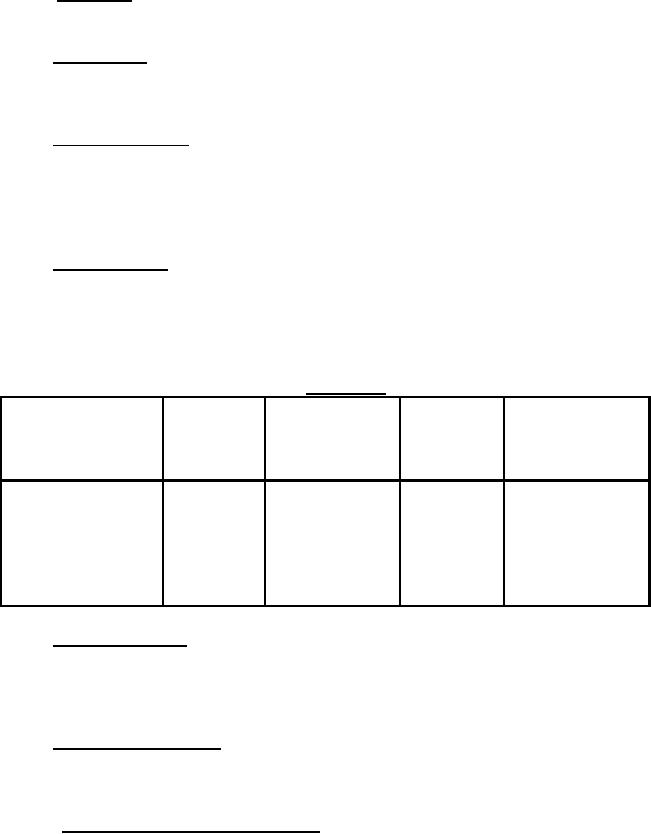
MIL-DTL-62187C
3.3.4 False trips. False tripping of the regulator shall not be caused by buildup, load
switching, and input speed acceleration or deceleration (see 4.4.1).
3.3.5 Current limit. The regulator shall limit the generator-alternator output current in
accordance with figure 3. Stable current limiting shall be established within 0.50 seconds.
System voltage undershoot shall be not below 18 V (see 4.4.1.4).
3.3.6 Accessory control. The regulator shall incorporate circuitry to energize an
accessory control device that closes when the generator-alternator speed is between 900 and
1100 rpm. During shutdown, this device shall open before the generator-alternator speed reaches
800 rpm. The circuitry, when energized, shall produce at least 0.25 amperes (A) at a voltage not
less than 18 V (see 4.4.1.5).
3.3.7 Fault protection. The regulator shall include circuitry that deactivates the field
circuit in the event of wiring malfunctions. This circuitry shall operate only if a malfunction in
any of the trip types of table I creates a condition which would damage the regulator or
associated electrical power sources. Maximum voltage and trip time limits shall be as specified
in table I for the three trip types (see 4.4.1.6).
TABLE I. Trip types.
Alternator
System
Generator-
output voltage
voltage
alternator
(EA)
(ES)
Time
Trip type
rpm
V
V
(seconds)
Regulator sensing
2400
35.0
35.0
1.00
Input lead
8000
35.0
35.0
0.4
Alternator positive
2400
40.0
35.0
1.00
Output lead
8000
115.0
35.0
0.4
Alternator negative
2400
40.0
35.0
1.00
Output lead
8000
115.0
35.0
0.4
3.3.8 Dielectric strength. The regulator circuit insulation to ground shall not permit a
leakage current greater than 5 milliamperes (mA) with 500 V alternating current (ac)
simultaneously applied between all receptacle pins and the case, and with the case ground lead
disconnected (see 4.4.1.7).
3.3.9 Short circuit protection. Regulator circuitry shall prevent damage to internal
components in the event of a short circuit from pin "E" or "F" (see 3.4.3) to ground during
normal regulator operation (see 4.4.1.8).
3.3.10 Electromagnetic interference (EMI). The regulator shall not exceed the
broadband emission limits as specified in figures 4 and 5 (4.4.1.9).
4
For Parts Inquires call Parts Hangar, Inc (727) 493-0744
© Copyright 2015 Integrated Publishing, Inc.
A Service Disabled Veteran Owned Small Business